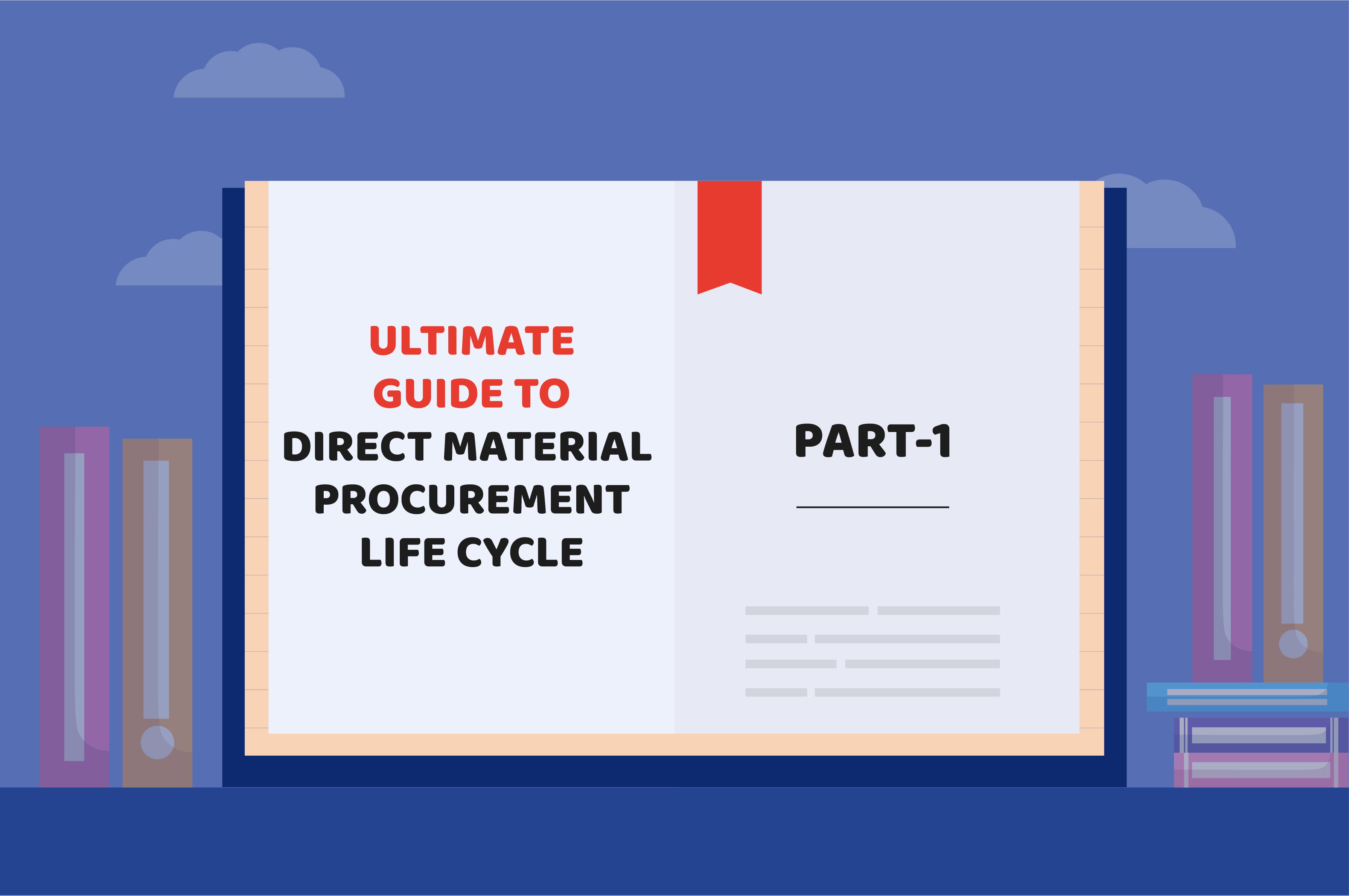Strategic Sourcing: The 7 step sourcing process
Strategic Sourcing | May 09, 2022 | By
Strategic Sourcing is no longer a Good-to-Have
Working closely with suppliers and internal stakeholders brings innovation and greater efficiency to the procurement lifecycle. Strategic sourcing is a proactive process that involves continuous improvement and evaluation of the sourcing activities. It is a holistic function that focuses on identifying the spending profile of an organization to achieve the lowest Total Cost of Ownership (TCO) with minimal risks across the entire procurement lifecycle.
So, why is strategic sourcing a must-have for Product Manufacturing Companies?
Direct material procurement is a complex and mature process. It requires extensive collaboration among internal and external stakeholders across the entire procurement lifecycle. For product manufacturing companies in any industry, the fluctuating cost of direct materials is a constant challenge because it makes up about 80 percent of the entire product cost or Cost Of Goods Sold (COGS). And the prices of the raw materials are controlled by the commodity markets, which are well outside the control.
Moreover, the direct material procurement process itself is multi-layered. Tracking demand and processing BOMs for RFPs, RFQs, and POs, for example, also involves multiple tiers of suppliers. Also, companies struggle for the ready availability of structured data for effective and quick business decision-making. And there is an increase in supply risks due to a diverse supply base and sustainability-related complexities.
The impact of such inefficiencies in the direct material procurement process is profound. Because they affect the company’s reputation, customer experience, and loyalty, impacting the business’s success and growth. As every product manufacturing company has a responsibility toward its customers, stakeholders, and partners, what can companies do to build resilience and minimize the impact of price volatility on the supply chain? The answer is simple – Focus more on the strategic sourcing process.
Register below to watch a free demo on how you can achieve lower
TCO with minimal risk
Benefits of Strategic Sourcing
Strategic sourcing looks at what an organization buys, from whom, at what price, and at what volume. It is a process that minimizes supply risks by creating efficiencies across all the spend categories. Some of the important benefits are:
1. Increased Savings in the Bottom-Line
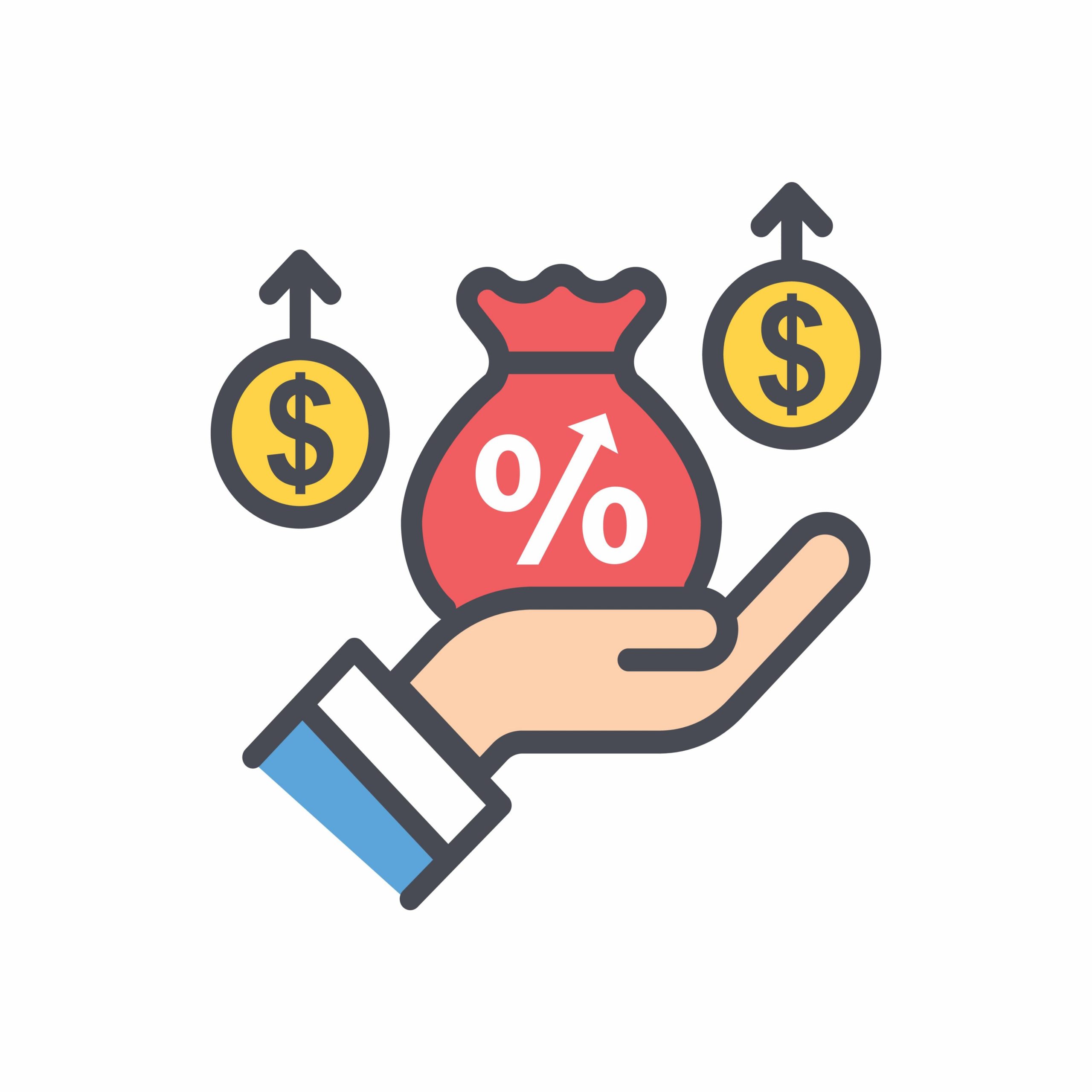 One of the most significant benefits of strategic sourcing is lower costs. And one of the reasons why cost savings are one of the most significant benefits, if not the most important benefit, is that any savings from sourcing enter directly into the bottom line, directly contributing to financial profitability. This contribution is higher when compared to profit margins that are arrived at after subtracting the taxes, COGS, overhead costs, commissions, etc.
One of the most significant benefits of strategic sourcing is lower costs. And one of the reasons why cost savings are one of the most significant benefits, if not the most important benefit, is that any savings from sourcing enter directly into the bottom line, directly contributing to financial profitability. This contribution is higher when compared to profit margins that are arrived at after subtracting the taxes, COGS, overhead costs, commissions, etc.
2. Optimized Recognition of the Best Fit Suppliers
 The upheavals in the global supply chain driven by the pandemic and other disruptive events have put immense stress on the supply chains and the organization. For organizations to be de-stressed and function, as usual, the suppliers play a vital role, which is where strategic sourcing helps. Relevant supplier selection enables strong synergies between the supplier and the sourcing organization. And this drives higher value generation at the lowest possible cost.
The upheavals in the global supply chain driven by the pandemic and other disruptive events have put immense stress on the supply chains and the organization. For organizations to be de-stressed and function, as usual, the suppliers play a vital role, which is where strategic sourcing helps. Relevant supplier selection enables strong synergies between the supplier and the sourcing organization. And this drives higher value generation at the lowest possible cost.

3. Stronger Long-term Supplier Relationships and Improved Risk Mitigation
Strategic sourcing enables organizations to build strategic relationships with suppliers. Suppliers and sourcing organizations develop stronger long-term relationships when suppliers are involved in sourcing decisions. And this means that the suppliers are more invested in the sourcing process, thus leading to a lesser room for error and better risk mitigation.
4. Improved Process Efficiency and Better Alignment of Business and Sourcing Objectives
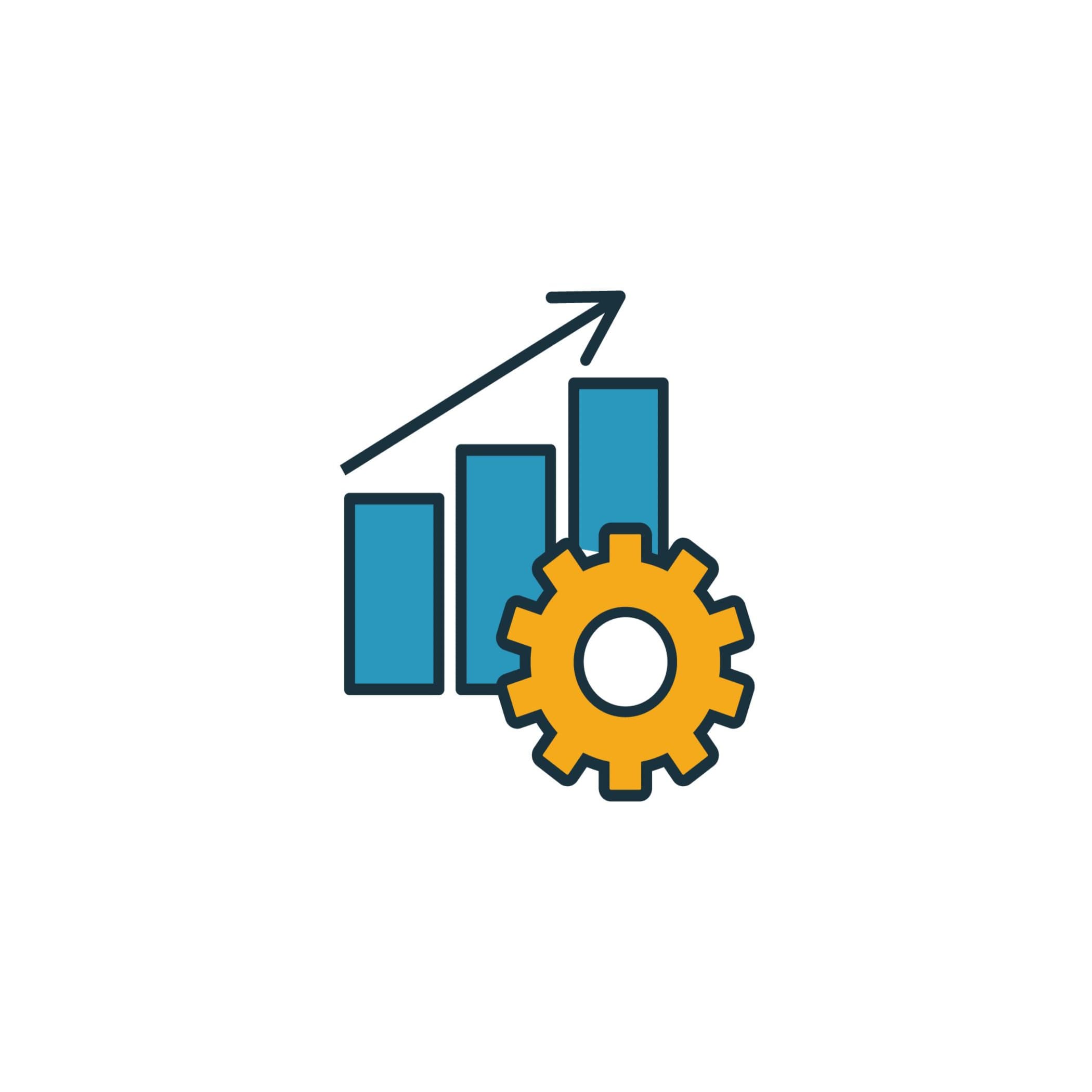 Strategic sourcing in direct material procurement helps organizations gain a systematic approach to selecting optimal and low-cost suppliers for raw materials, services, and products they source. As a result, there is coherent information flow process governance, and proactive decision-making sans guesswork in every stage of the direct material procurement lifecycle, thus aligning with the sourcing and business objectives.
Strategic sourcing in direct material procurement helps organizations gain a systematic approach to selecting optimal and low-cost suppliers for raw materials, services, and products they source. As a result, there is coherent information flow process governance, and proactive decision-making sans guesswork in every stage of the direct material procurement lifecycle, thus aligning with the sourcing and business objectives.
Book a call below with our expert to learn how you can implement
strategic sourcing in your procurement
7-step strategic sourcing process
The benefits of strategic sourcing are there to see. It is important to note that strategic sourcing plays a crucial role in building a proactive approach to counter disruptions. And to gain a maximum edge over the competition, setting up strategic sourcing is critical. Here’s how:
1. Opportunities Assessment
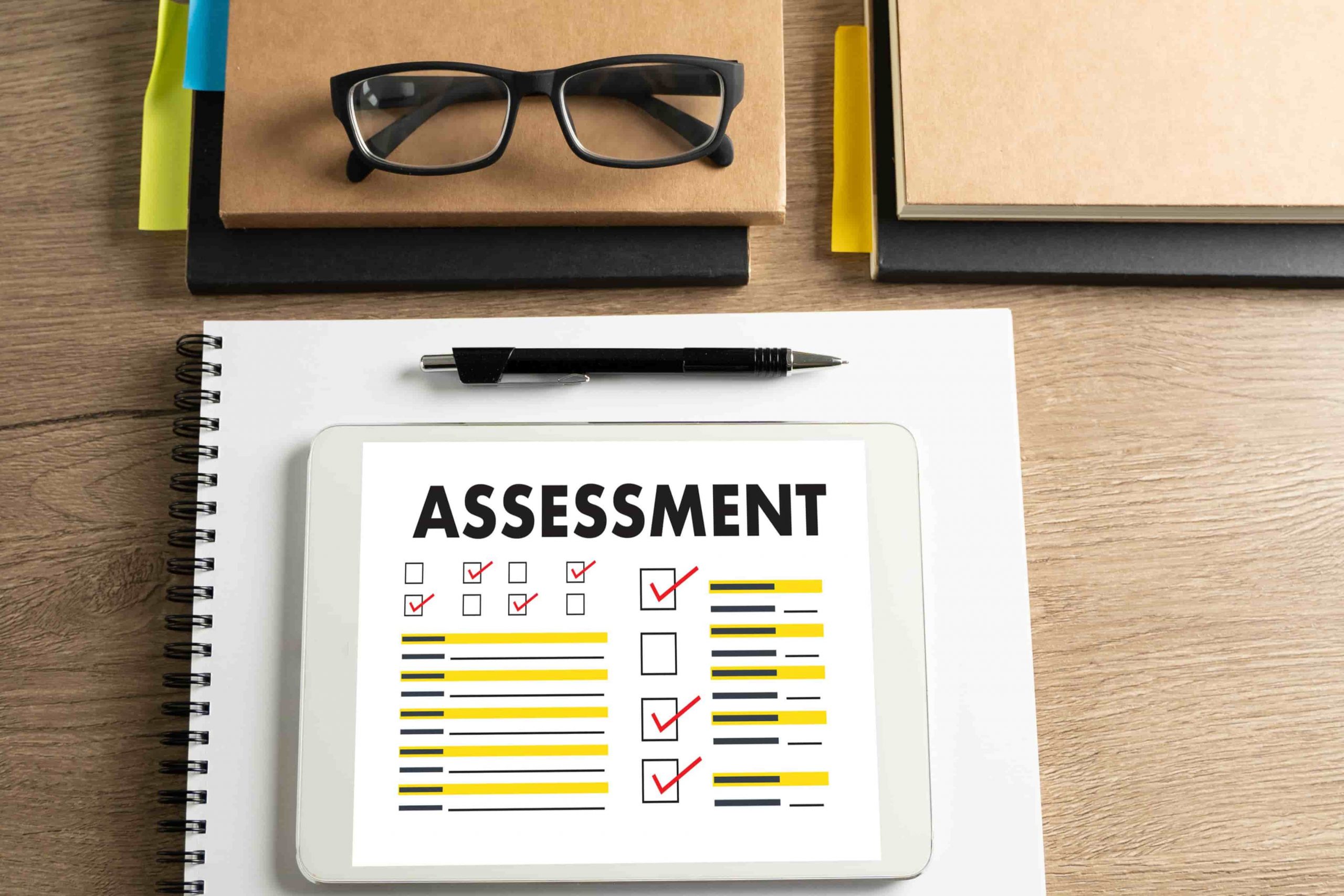
The first step in implementing a strategic sourcing process is identifying and assessing the sourcing opportunities, or in other words, the spend categories. Understanding the spend category of every component that the organization procures is important:
- The question of who are the end-users, what are their locations, logistics, and the supply chain activities involved need answers.
- History of spend and at what volume and for which project.
- Spend category for every component in the concerned BOM.
- Demand forecasting.
2. Building a Sourcing Strategy
 Once the categories are assessed and understood, the next step is to build a strategy on how to approach every spend category. In addition, the option of renegotiating with the current suppliers based on the need can be considered.
Once the categories are assessed and understood, the next step is to build a strategy on how to approach every spend category. In addition, the option of renegotiating with the current suppliers based on the need can be considered.
The challenge for every organization lies in deciding and executing how and where to buy while minimizing risk. And it is really important to choose an option that best fits the business requirement.
3. Demand Analysis
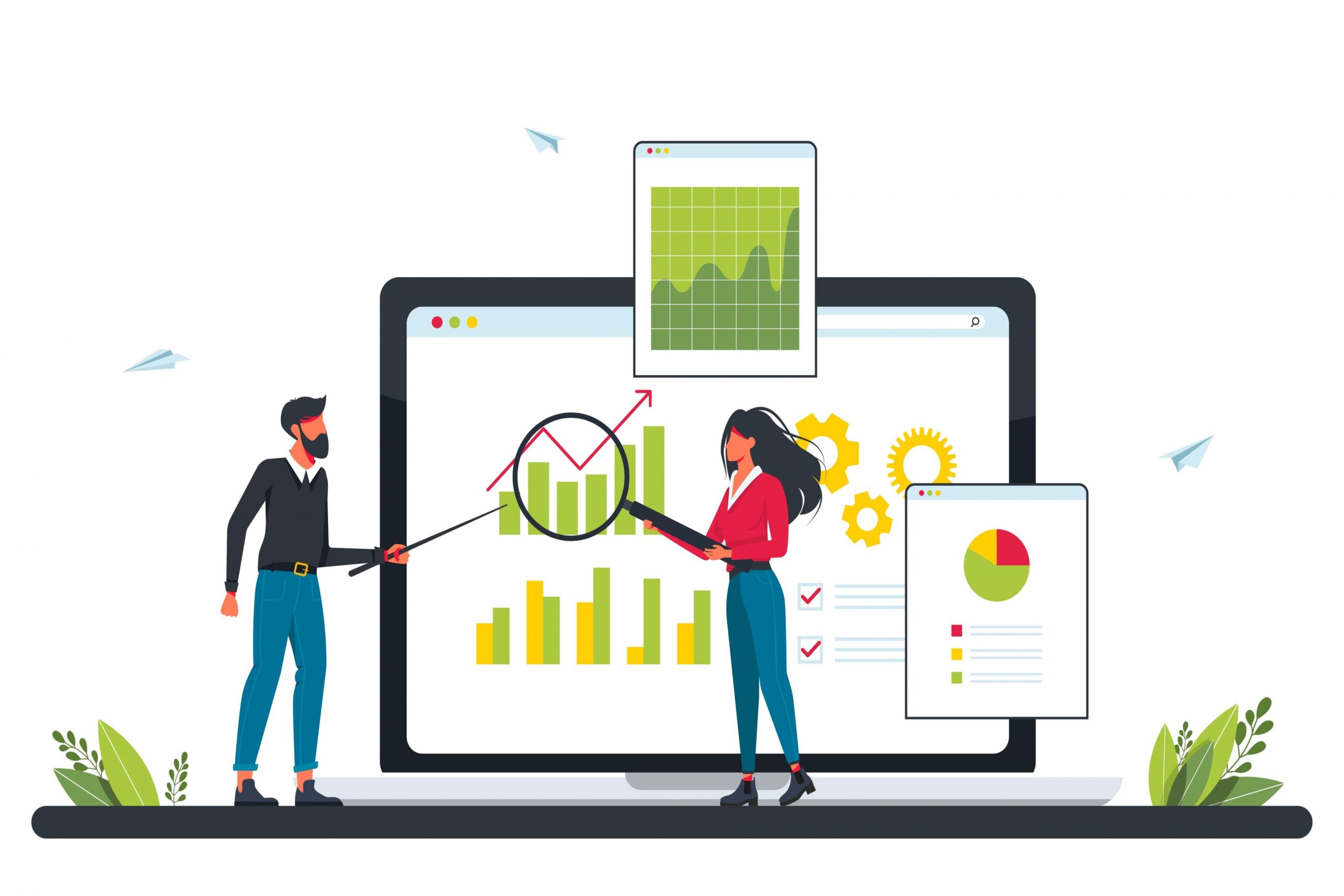 The next step involves analyzing and forecasting the consumption levels of the goods and services. In any product manufacturing company, forecasting the sales and, subsequently, the production, is a tough ask because it is dynamic depending on market conditions. Let us consider, for example, the global supply disruptions driven by the pandemic and other geopolitical and socio-economic issues. Demand plummeted when the situation worsened, and there was a sudden surge in demand when things slowly got back to normal.
The next step involves analyzing and forecasting the consumption levels of the goods and services. In any product manufacturing company, forecasting the sales and, subsequently, the production, is a tough ask because it is dynamic depending on market conditions. Let us consider, for example, the global supply disruptions driven by the pandemic and other geopolitical and socio-economic issues. Demand plummeted when the situation worsened, and there was a sudden surge in demand when things slowly got back to normal.
Product manufacturing companies conduct demand analysis qualitatively (Consumer Survey Method, Delphi Method, and Nominal Group Techniques) or quantitatively (Trend Projection, Barometric Projection, and Econometric Projection).
According to Gartner, companies that excel at demand forecasting realize the following:
- 15% less inventory
- 17% better order fulfillment
- 60% higher profit margins
- 35% shorter ROI times
4. Supplier Research
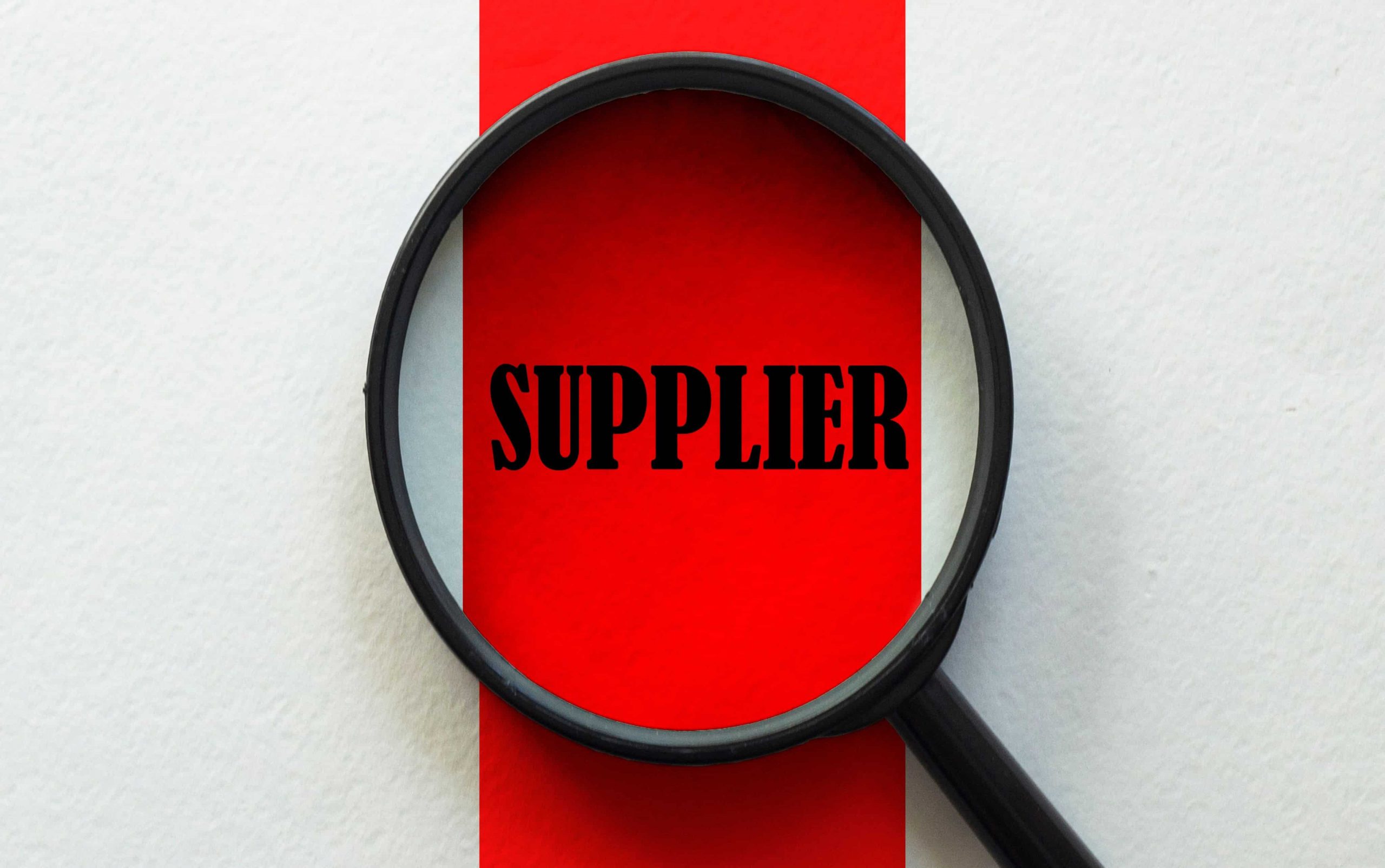 After demand forecasting and analysis, the next step is identifying the potential list of suppliers in the local and global market and executing an in-depth analysis to understand and evaluate their profiles. Which includes,
After demand forecasting and analysis, the next step is identifying the potential list of suppliers in the local and global market and executing an in-depth analysis to understand and evaluate their profiles. Which includes,
- Analyzing the supplier revenue, market share, and market standing
- Studying their industry performance and financial standing
- Analyzing their operational capacity and technical capability
- Understanding the associated risks and opportunities
5. Supplier Identification with Well-Defined Selection Criteria
 Once the market research and analysis of suppliers are complete, the next step is to request bids, RFI/RFP/RFQs, from the suppliers. The bid request should communicate all the required information, end goals, legal terms and conditions, and performance expectations so that the suppliers understand the organization’s needs. Also, this is time for the sourcing organization to decide the internal evaluation criteria.
Once the market research and analysis of suppliers are complete, the next step is to request bids, RFI/RFP/RFQs, from the suppliers. The bid request should communicate all the required information, end goals, legal terms and conditions, and performance expectations so that the suppliers understand the organization’s needs. Also, this is time for the sourcing organization to decide the internal evaluation criteria.
6. Selecting the Right Supplier and Contract Execution
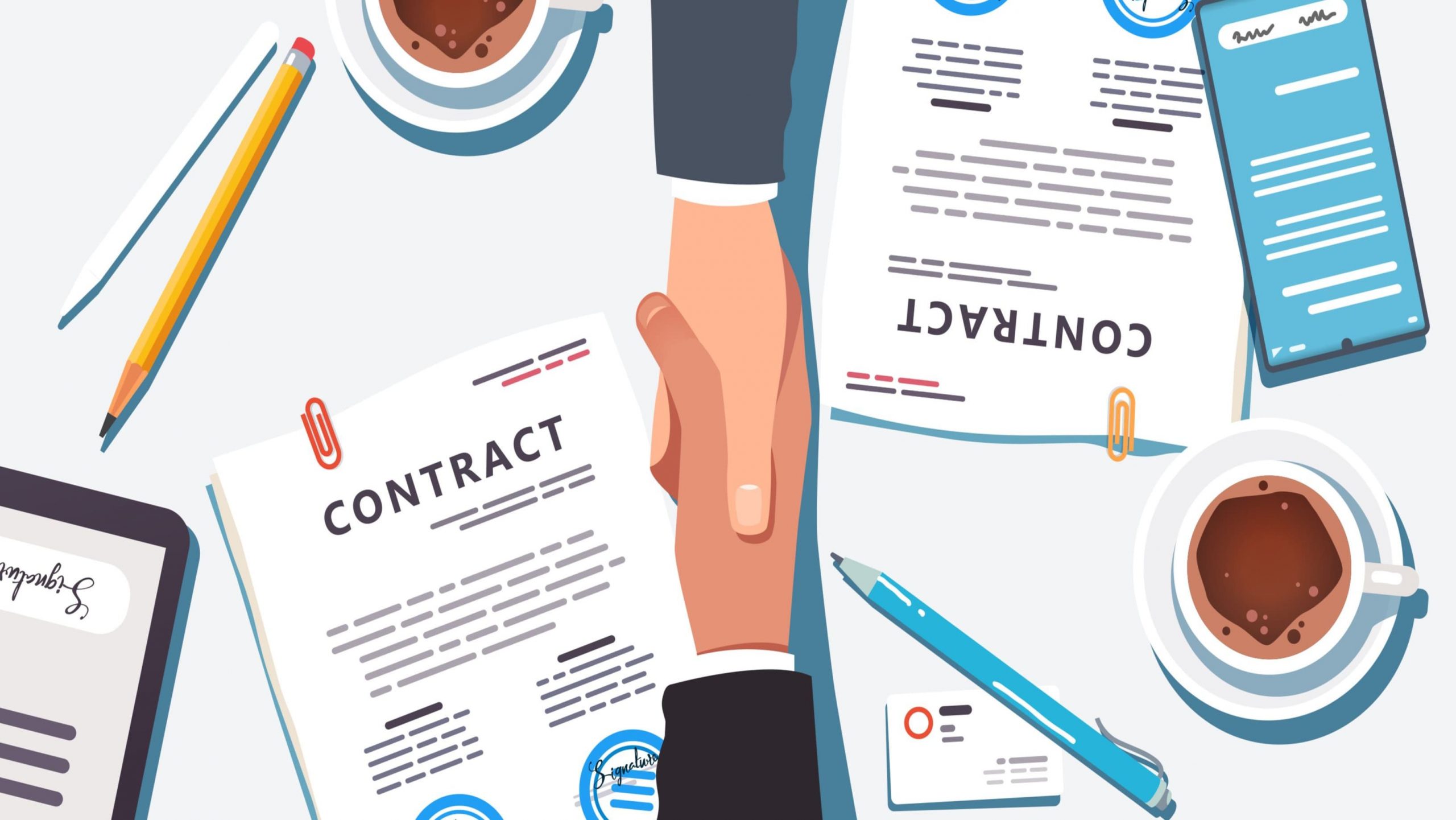 Selecting the right supplier for the right component is critical as all the savings directly impact the bottom line. Here is where the supplier and sourcing organization work closely together. The sourcing organization’s quality team visits the supplier facilities, assesses the above-mentioned aspects (as in point 4), suggests necessary changes, and completes the Product Part Approval Process (PPAP) to establish supplier credibility. The sourcing team verifies the PPAP score and draws up the purchase contracts.
Selecting the right supplier for the right component is critical as all the savings directly impact the bottom line. Here is where the supplier and sourcing organization work closely together. The sourcing organization’s quality team visits the supplier facilities, assesses the above-mentioned aspects (as in point 4), suggests necessary changes, and completes the Product Part Approval Process (PPAP) to establish supplier credibility. The sourcing team verifies the PPAP score and draws up the purchase contracts.
7. Periodic Performance Tracking of Supplier Performance and Implementing SRM
![]() Strategic sourcing does not end in just choosing the right supplier. It is important to measure how suppliers perform against the requirements and align with the objectives of the organization. Once the suppliers are onboarded, their performance is tracked periodically, areas of improvement are identified and feedback is shared for continuous improvement.
Strategic sourcing does not end in just choosing the right supplier. It is important to measure how suppliers perform against the requirements and align with the objectives of the organization. Once the suppliers are onboarded, their performance is tracked periodically, areas of improvement are identified and feedback is shared for continuous improvement.
Also, factoring in Supplier Relationship Management (SRM) in the strategic sourcing process makes the relationship between the supplier and the sourcing organization a closed loop instead of a one-way process. The level of collaboration between the supplier and the sourcing organization increases manifold by radically transforming the relationship of supplier-buyer into strategic partners. SRM enhances the supplier-buyer relationship in such a way that both the current and future requirements of the organizations are met at the highest value and lowest risk possible.
Conclusion
With Direct material procurement being complex, organizations need to take a strategic approach with the help of the right technology that efficiently serves the direct material procurement process. However, what is disheartening to note is that, even now, many product manufacturing companies use multiple systems for their sourcing process and spend a lot of time collating and analyzing data. Whereas, using a suitable digital platform, allows procurement teams to focus on critical activities such as problem-solving and decision-making. Various platforms are leaders in Indirect spend management. However, they are limited in capabilities to cater to direct material procurement.
When organizations fail to take a strategic approach and automate the direct material procurement process, they risk falling into a vicious cycle of inefficiencies and persistent delays. This affects the bottom line and in the end, the business itself. Zumen is an end-to-end Source-to-Contract solution for companies working primarily with direct materials. The consolidated platform helps manage direct material procurement end-to-end, fulfills the requirements for indirect purchases, and eliminates time and resource leakage resulting in a faster time to market.














